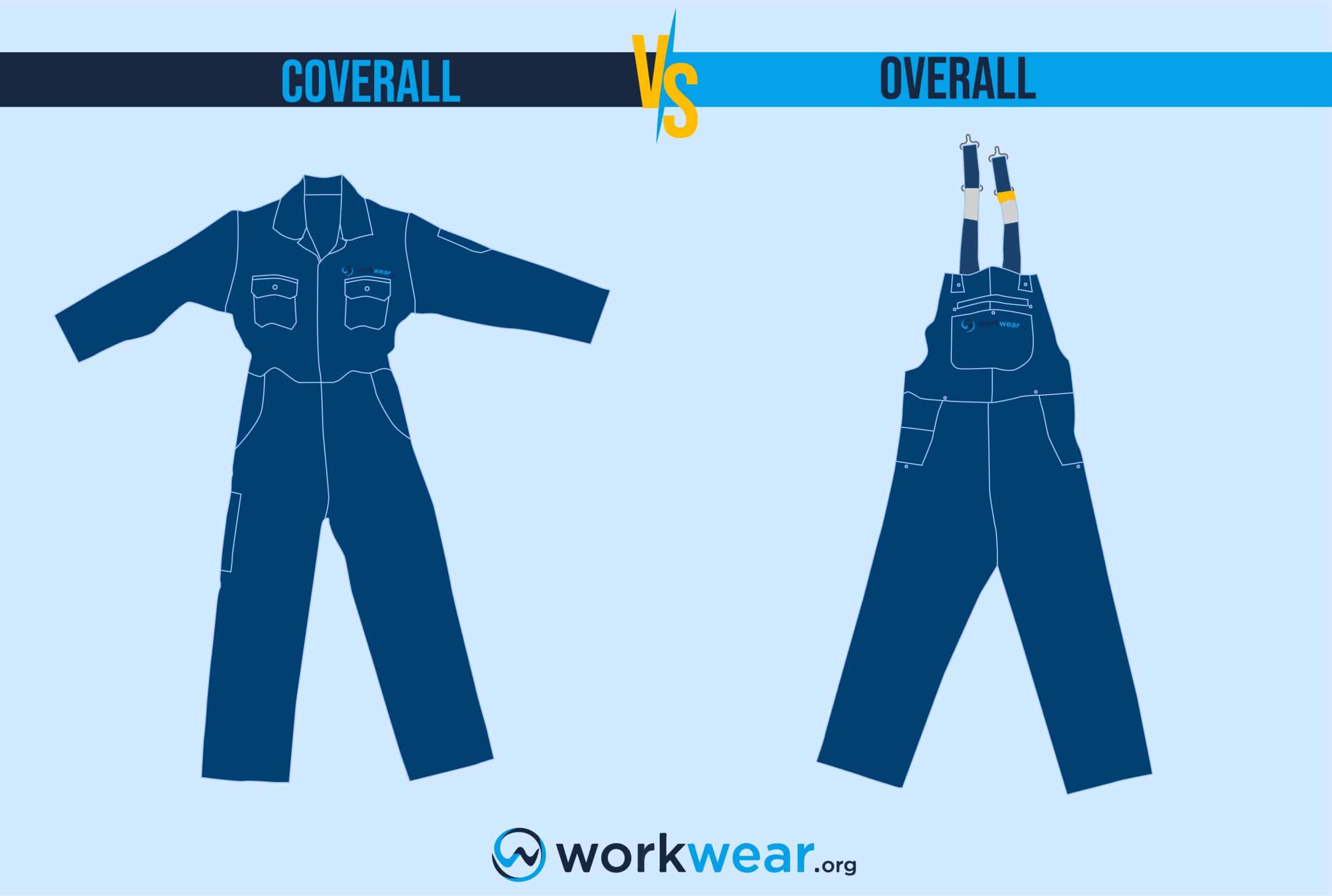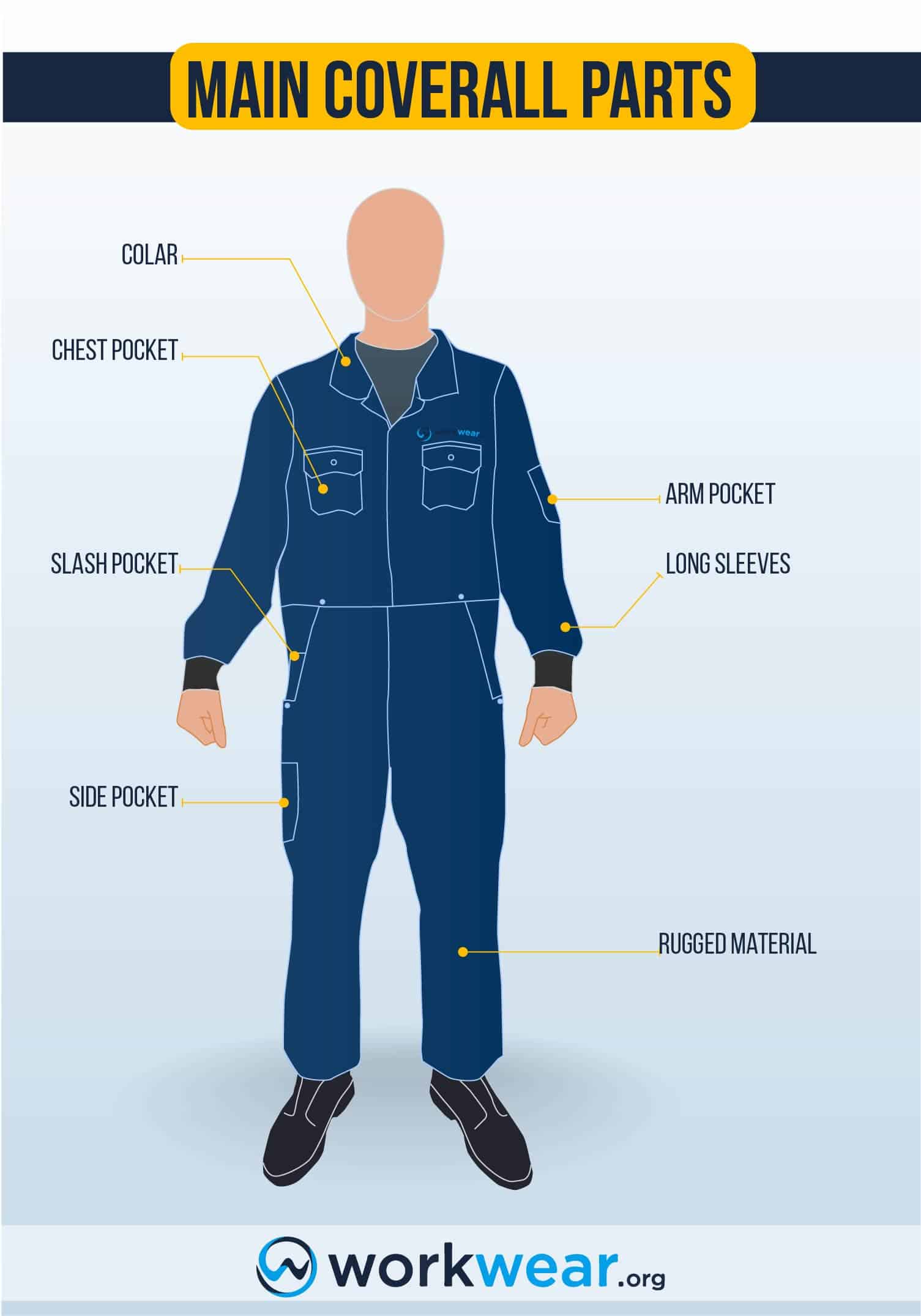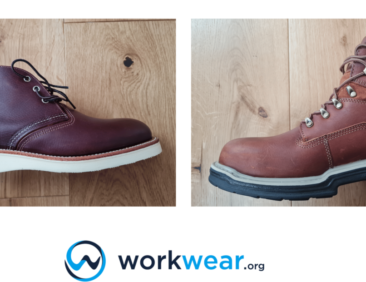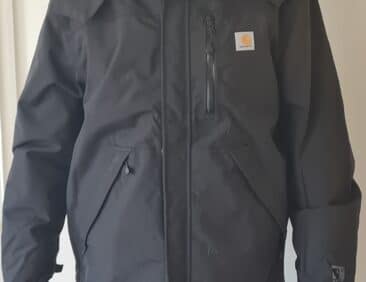Overalls Vs. Coveralls – What are the Differences

When it comes to work wear, overalls and coveralls are two of the most used garments across a wide range of jobs and industries. This article explores their differences, key features, uses, and pros and cons.
Summary
Coveralls are a one-piece item with pants, sleeves, and upper body coverage. Overalls are pants, bib, and straps over shoulders, leaving arms bare. Coveralls offer much better protection from dangerous hazards. Overalls offer less protection due to their lesser coverage and non-protective materials. Coveralls are typically best suited to jobs requiring full body protection – some are even flame and chemical-resistant. Overalls are ideal for jobs requiring a better range of motion and are worn in work environments with fewer hazards.
What are coveralls?
Coveralls are distinguished from overalls by covering most of your body. That is also an easy way to remember the difference. Coveralls will be one piece, including pants, sleeves, and torso coverage. The one-piece construction is ideal for heavy and manual labor work.
Coveralls can protect your body and clothes from a dirty environment and hazards. Depending on the specific coveralls and job requirements, you can find flame and chemical-resistant types. Certain jobs that face certain risks need specific PPE or personal protective equipment to keep them safe. If you do not have hazardous conditions in the workplace, coveralls can still be helpful. Outside work in the cold can be much more comfortable in a warm pair of coveralls. You can also find breathable and more comfortable ones. Coveralls come in different fabrics, such as nylon, polyester, and cotton. Coveralls can be quite diverse depending on your specific job or comfort needs.
Pros and cons of coveralls
Whether coveralls are mandatory or you are interested in a pair for personal use, they have their fair share of pros and cons.
Pros
- Full body protection (some are flame and chemical resistance)
- Convenient
Cons
- Can limited range of motion (depending on materials)
- Usually not ideal for warm weather
- Typically, they are more expensive than overalls
The job coveralls are best for
Many jobs are best suited to coveralls for personal wants or the job’s requirements.
- Automotive or heavy equipment mechanics: will benefit from coveralls. Oil and grease are standard in this job field and can make a big mess. Coveralls not only protect clothes but skin as well. Coveralls will also protect against sharp edges or parts, especially when a mechanic may need to get into tight spaces. Coveralls can also offer electrical and chemical protection.
- Oil field worker: The oil field occupation is dangerous and faces constant potential catastrophes on the job. Combining flammable gases and materials with electrical equipment can account for many problems. Fire-resistant coveralls are a necessary precaution. The right equipment, such as fire-resistant coveralls, can make a massive difference between a minor injury and something significant.
- Firefighter: Protective equipment needs to go above and beyond for firefighters. Coveralls are one small piece of equipment required in a severe environment. Specialty coveralls and suits help to protect firefighters so they can do their job. While this may be an extreme example, it is essential to know that coveralls are needed and benefit many different job fields.
- Medical: Disposable coveralls are most common in the medical field. These coveralls are usually constructed from nonwoven synthetic fiber and keep people safe from bio-hazards. Viruses, bacteria, and many unfriendly organisms can be lurking if you are in the medical field. Disposable coveralls are a needed item and protect against hazards.
What are overalls?
Overalls are pants, a bib, and straps over the shoulders. Overalls are usually light and loose-fitting. They do not offer much upper body protection because some of your upper chest, back, and arms are exposed. In addition, overalls do not protect like coveralls, for they cover less. Overalls do have their benefits, though, in certain situations. For example, farmers and carpentry workers are usually wearing overalls. Even though overalls do not offer the same protection as coveralls, they are generally much more comfortable and suited to work that is not dealing with chemicals, fire, or electrical hazards as much. Overalls are also advantageous in being more breathable and better for hot weather when working.
Advantages and disadvantages of overalls
Overalls have their pros and cons. They are well-suited to certain situations but can need to catch up in other areas.
Pros
- Breathable and more lightweight than coveralls
- Affordable
Cons
- Don’t provide as much protection as coveralls
Jobs that overalls are suitable for
Overalls are perfect for different jobs that do not have heavy labor or hazards.
- Farming: One of the first occupations that come to mind when thinking about overalls is not an accident. Farming is not easy work but does not face the same hazards as coverall jobs. Overalls are suitable for farming due to their light construction and breathability. Overalls provide a nice balance between some light protection and keeping cool.
- Carpentry: The carpentry profession is not without its hazards and hard work. Overalls are a good fit because they do not limit your range of motion. You still have arms and upper body unrestricted in overalls. Many overalls also come with pockets and loops that perfectly fit the carpentry trade’s tools. Overalls offer a good measure of protection and lightness for carpenters.
Coveralls Vs. Overalls
The definition, benefits, cons, and even the best job fields for coveralls and overalls have been explored. Now we can compare how they stack up to each other.
Coveralls Vs. Overalls – Comparison
| Coverall / Overall |
Pros |
Cons |
|---|---|---|
| Coverall / Overall |
|
|
| Coverall / Overall |
|
|
| Coverall / Overall |
|
|
Personal Experience
I’ve had the chance to wear coveralls and overalls over the years. One of my favorite overalls is Carhartt’s Relaxed Fit Overall, which is comfortable and durable.
Conclusion
Hopefully, you now feel confident using the coverall or overall terminology correctly. Coveralls cover and protect from dangerous hazards. Coveralls are also a great option to stay warm in cold weather while providing protection. Overalls are best suited to lighter manual work that needs some protection but not total protection. Overalls are also very breathable and can be excellent for hot days. Coveralls and overalls both have different purposes that they serve. Now you can decide which item best suits your needs!
FAQs
- What are the most popular coverall brands?
- Carhartt, Levi’s, Red Kap, and Dickies are very popular for coveralls and overalls. Another popular coverall brand is Duluth which makes insulated coveralls mainly made of cotton. Bulwark is one of the top companies on the market regarding flame-resistant coveralls. Finally, 3M makes quality protective disposable coveralls.
- What materials are coveralls made of?
- Coveralls can be constructed from different materials. For example, cotton and spandex blends offer insulation and comfort. Twill, nylon, and polyester are also materials used to make coveralls. Depending on your specific needs, you can pick coveralls based on the materials they are made from.
- What materials are overalls made of?
- Overalls are usually made out of denim or canvas materials. Denim is a sturdy material that is primarily used in jeans. Denim is sturdy enough to offer some protection but not extremely heavy like other materials. Canvas offers more breathability in overalls but less protection. Canvas is best for light jobs or hot jobs.
- What is the price of a good coverall?
- Coveralls have a wide range of prices. You can spend anywhere from $50 to $240 for a good coverall that is flame and chemical resistant. On average, you will spend around $100 to $150. Take into account your job and what you will use these coveralls for. Spending more money on what you need will help your purchase go further in the long run.
- What is the price of a good overall?
- A good pair of work overalls can normally be found between $30 and $100. Overalls are much more cost-effective when compared to coveralls, but that is because they do different jobs. Overalls are constructed from lighter material and can be found for cheaper.
- Can you put overalls and coveralls in the washing machine?
- Before doing anything, check your coverall tags and any instructions on the proper care instructions. Coveralls and overalls are usually washed in the washing machine. However, it is important to wash them separately from any other clothes. This is because they can pick up a lot of debris and dirt; therefore, you would not want to be mixed with other clothing. Therefore, they are both typically best air-dried.
678+
Products Reviewed
24+ Years
Combined Experience
500+ Hrs
Field Testing




